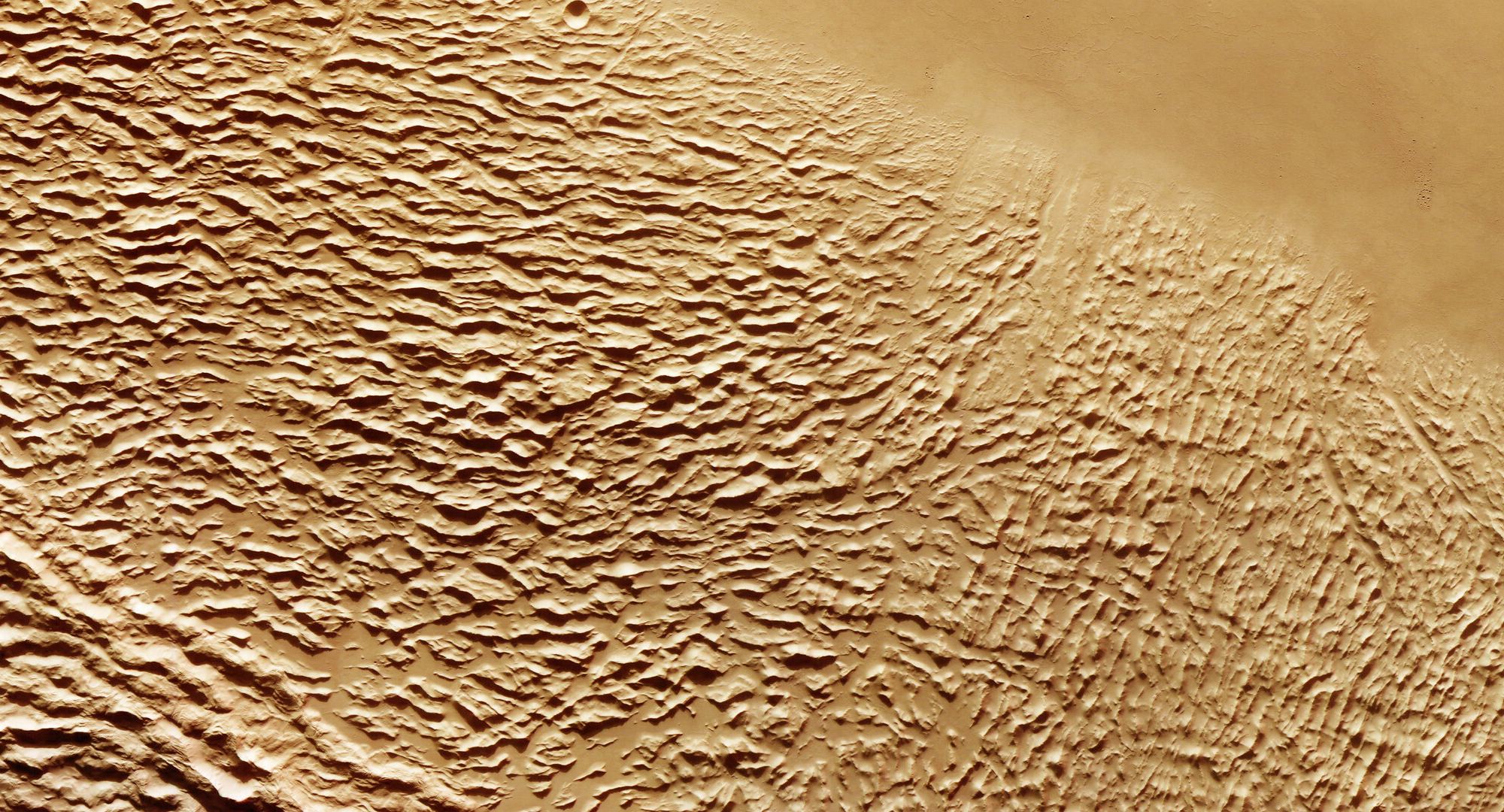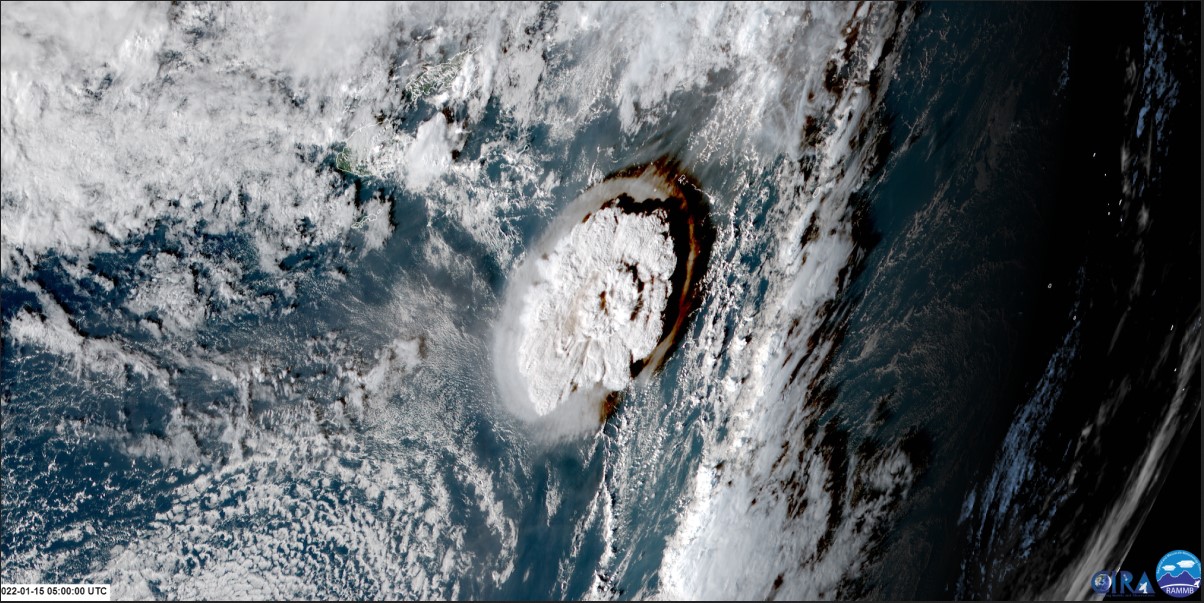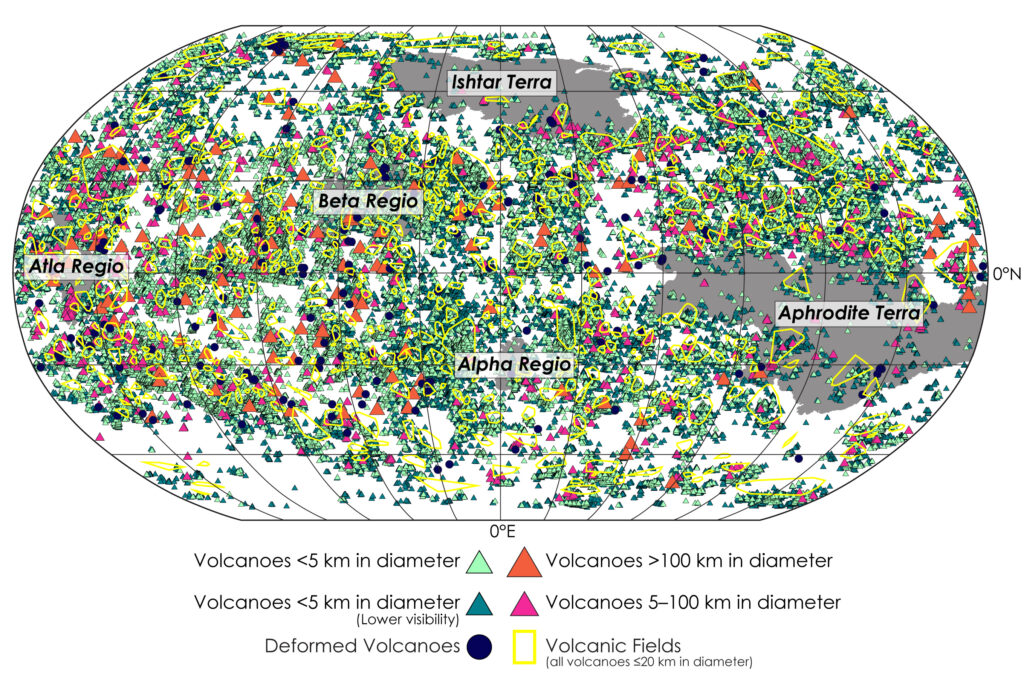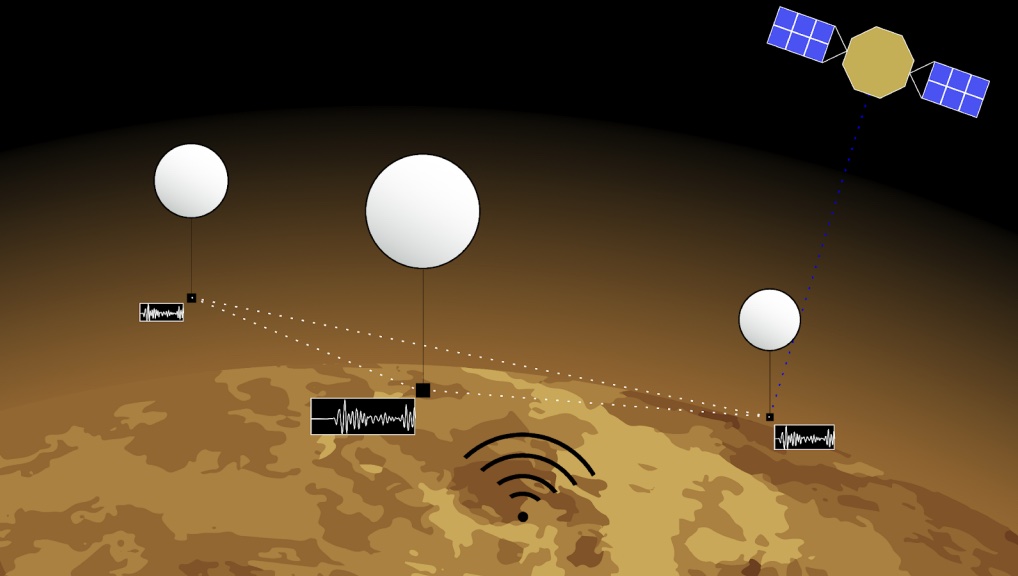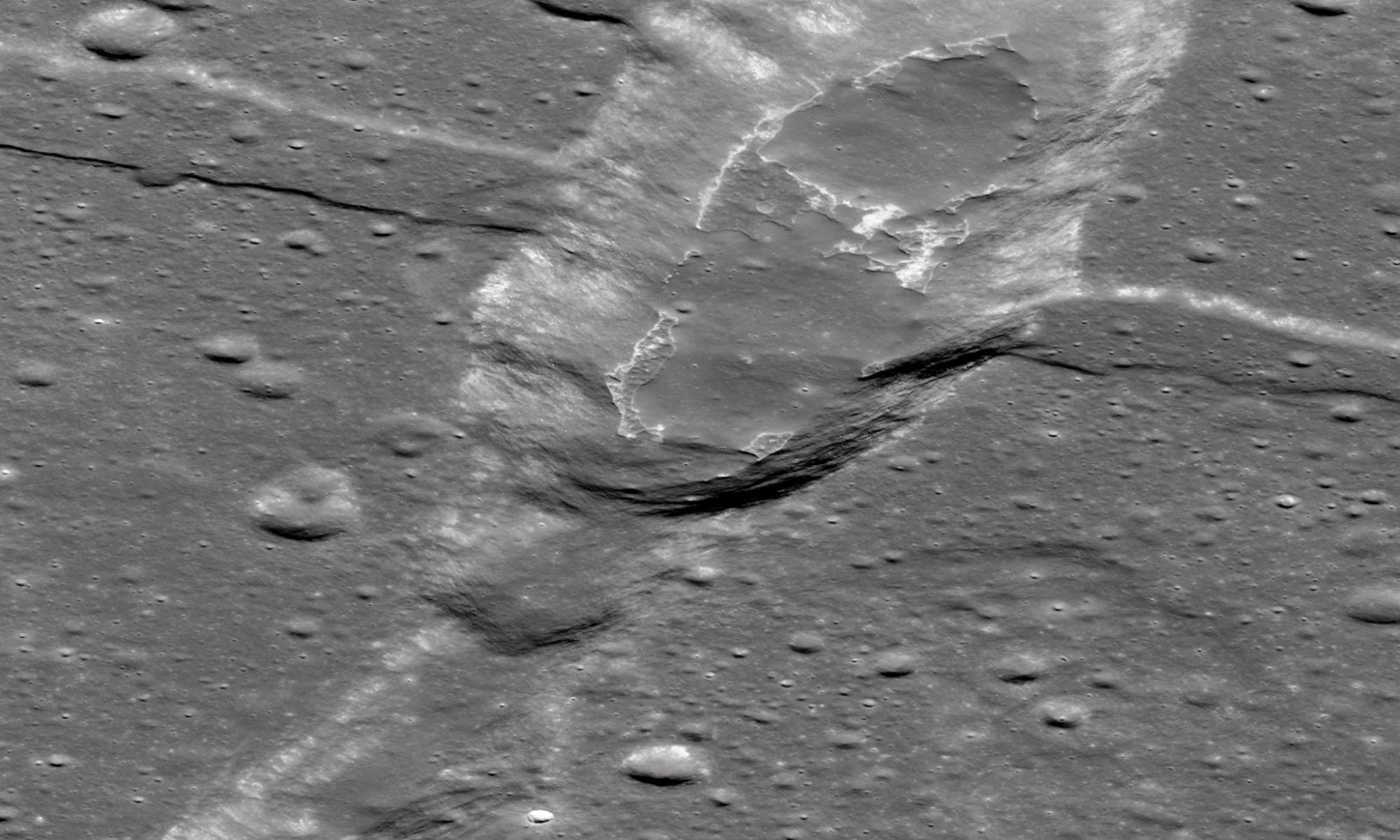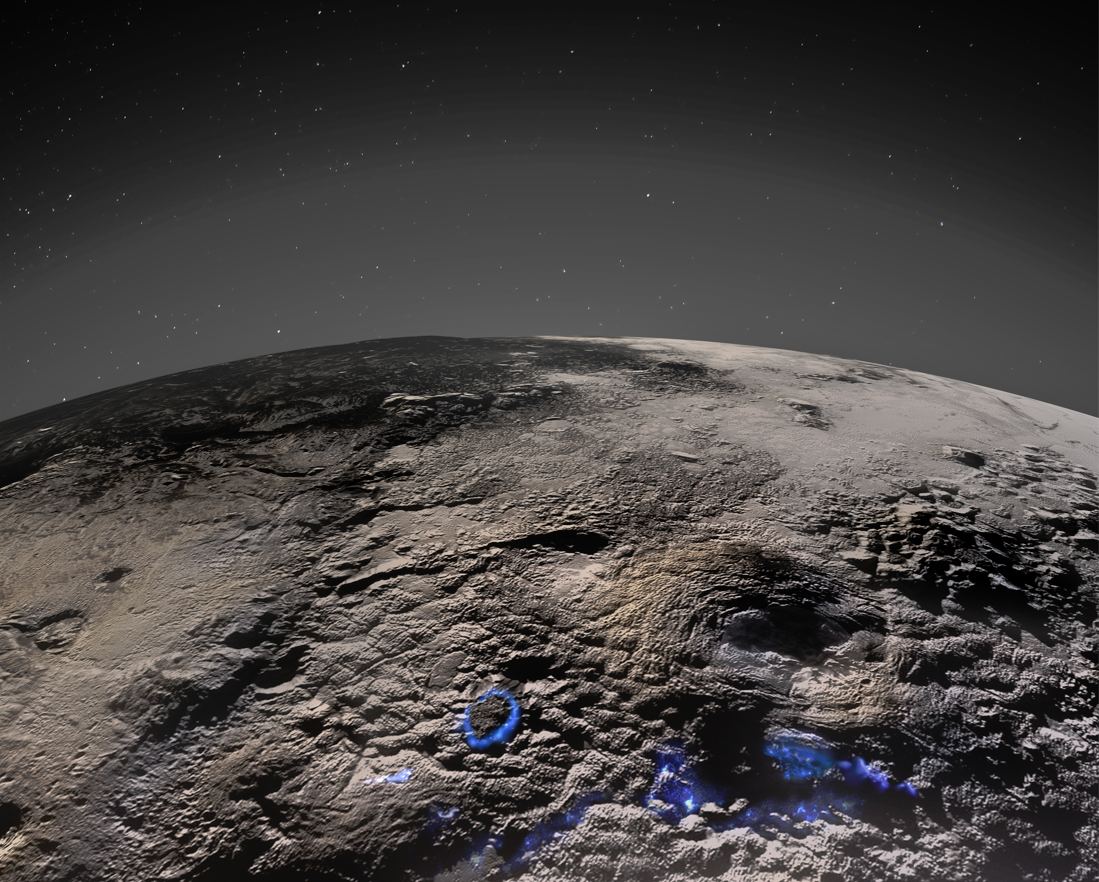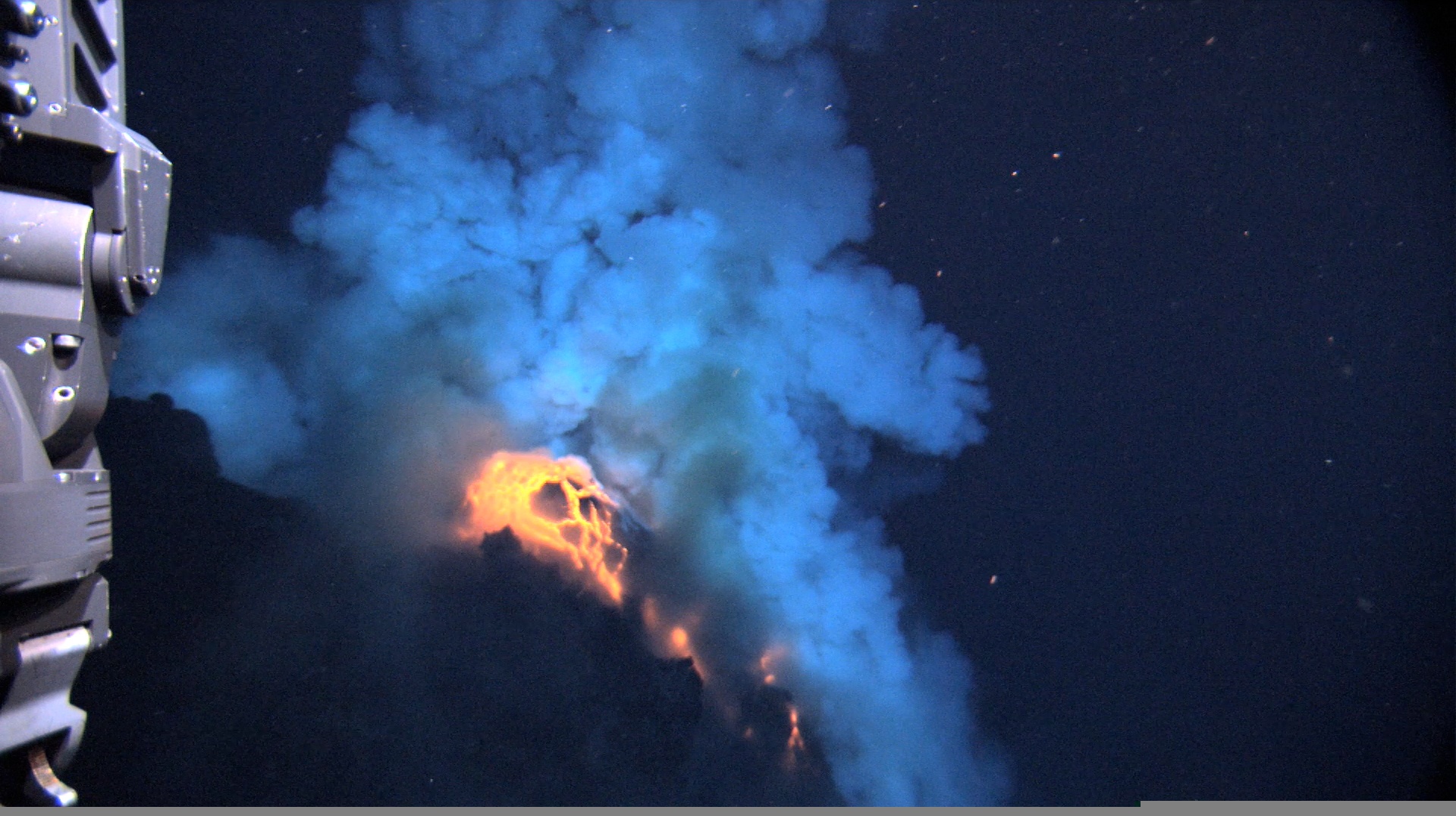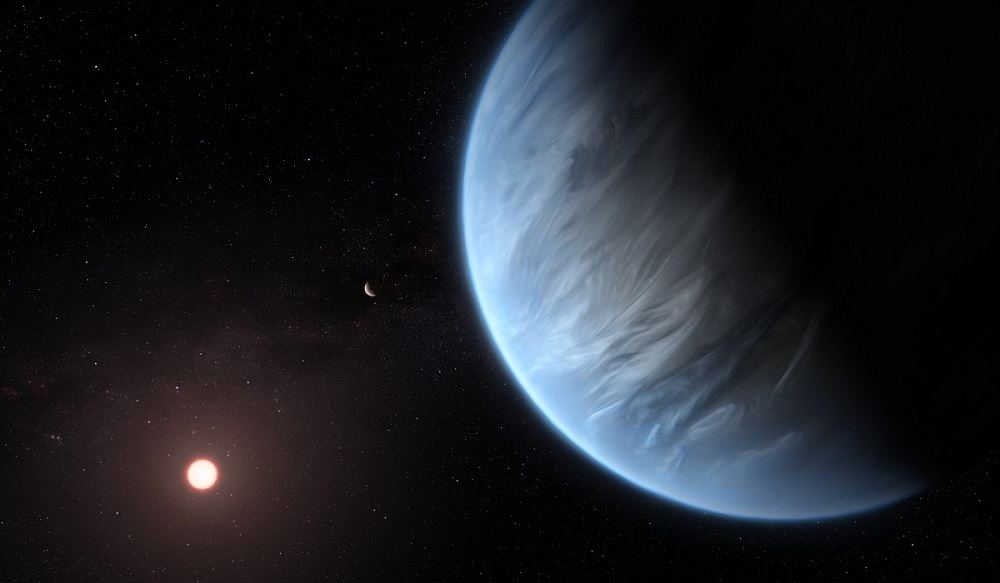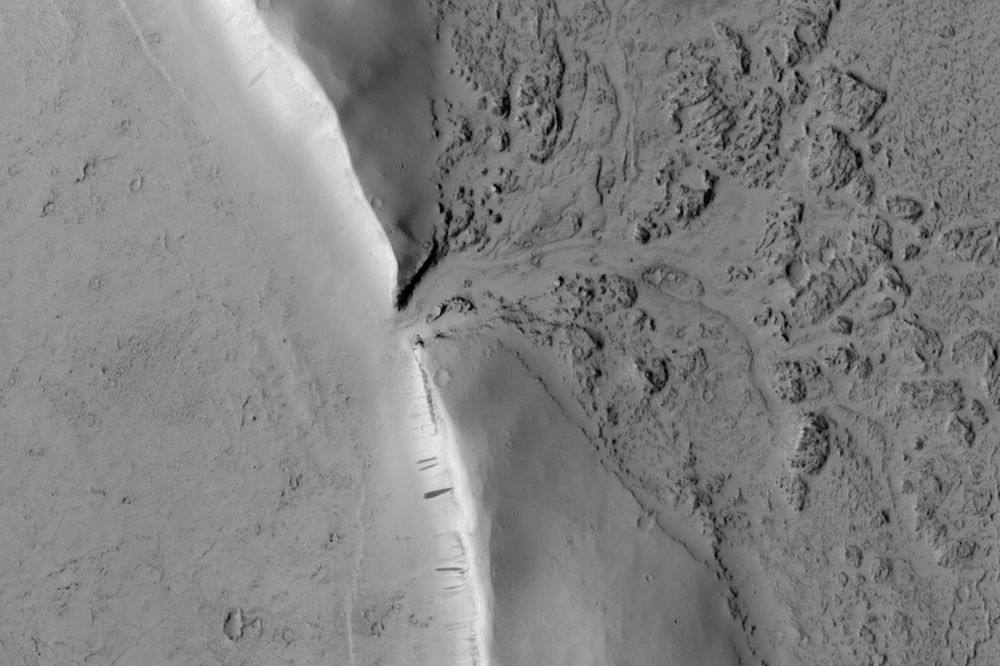While the surface of Mars looks relatively unchanging now, it wasn’t always so. The tallest mountain in the Solar System is Olympus Mons, a giant shield volcano on Mars that reaches 21.9 km (13.6 miles) high, 2.5 times higher than Mount Everest here on Earth. Ancient lava flows surround the volcanic caldera, evidence of an active time.
New images from ESA’s Mars Express show how these lava flows created extremely sharp cliffs, as high as 7 km (4.3 miles) in some areas, which suddenly collapsed in mind-boggling landslides. One of these landslides occurred several 100 million years ago when a chunk of the volcano broke off and spread across the surrounding plains. If we could look back in time and see as it happened, it was certainly a very dramatic and turbulent epoch on Mars.
Continue reading “Over 100 Million Years Ago, Olympus Mons Had a Massive Landslide”
